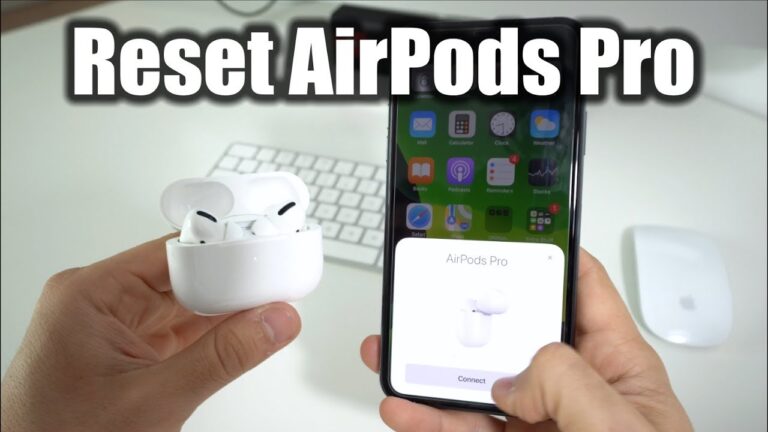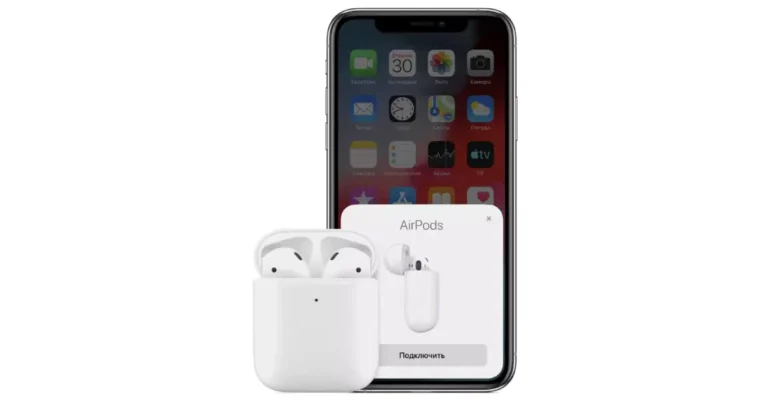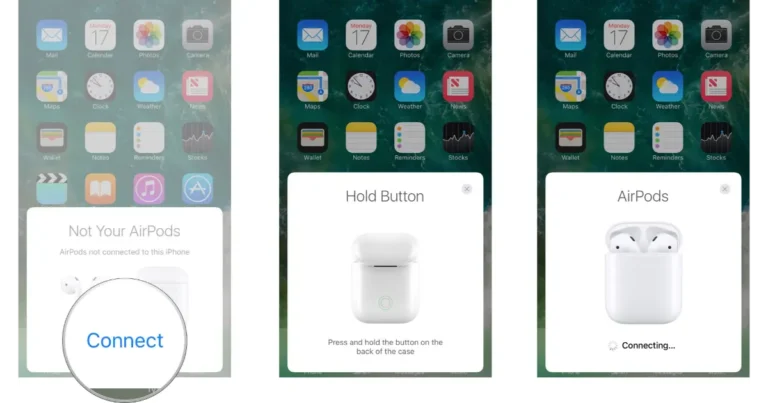How To Connect Airpods To Macbook?
Connecting your AirPods to your MacBook can seamlessly integrate your Apple devices, making switching from taking calls to enjoying music or podcasts on your Mac easier.
This process utilizes Apple’s Handoff feature, ensuring a smooth transition and enhancing your productivity or entertainment experience without the hassle of manually pairing devices each time.
But did you know that connecting your AirPods can unlock features, including automatic device switching, spatial audio, and personalized listening experiences? This guide will simplify the pairing process and introduce you to the benefits of using your AirPods in the Apple ecosystem, making your day-to-day interactions with your devices more fluid and intuitive.
Enhancing User Experience Through Seamless Connectivity
Connecting your AirPods to your MacBook transcends the mere action of linking two devices; it symbolizes the entrance into a seamless ecosystem meticulously crafted by Apple.
This effortless synchronization is not just about technical prowess; it’s a testament to Apple’s unwavering commitment to creating an interconnected, user-friendly environment across all its offerings.
The AirPods, emblematic of sleek design and cutting-edge technology, are engineered to function flawlessly within the Apple ecosystem, including seamless integration with your MacBook.
This connection process reflects Apple’s core principles: interoperability and a design philosophy centered around the user’s needs. By prioritizing these aspects, Apple ensures its users enjoy superior audio quality and benefit from a smooth transition between devices, enhancing the overall user experience within the Apple digital landscape.
The Simple Guide to Pairing AirPods with Your MacBook
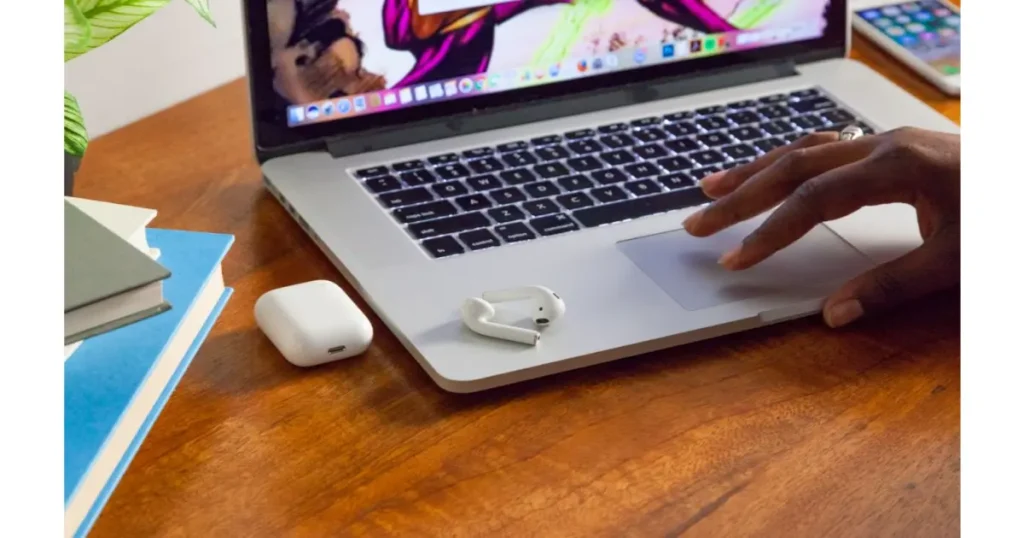
“Connecting AirPods to MacBook” is all about linking Apple’s wireless AirPods to your MacBook easily. This process lets you enjoy music, calls, and videos wirelessly. It’s done through Bluetooth, allowing you to switch audio from phone to laptop without hassle.
This keyword is important because it shows how easy and advanced Apple’s devices are. AirPods work smoothly with MacBooks, offering features like quick switching and clear sound. It’s a great example of Apple ensuring its devices work well together, making things easier for you.
In short, connecting your AirPods to your MacBook is a key step for enjoying Apple’s world of seamless audio. It’s about getting the most out of your devices, with Apple focusing on making products that are good-looking, easy to use, and helpful in daily life.
Step-by-Step Guide: Effortlessly Connecting Your AirPods to Your MacBook
Connecting your AirPods to your MacBook is a straightforward process that enhances your audio experience, whether listening to music, attending virtual meetings, or watch videos. Here’s a comprehensive guide to get you started, ensuring a smooth and efficient setup.
Step 1: Enable Bluetooth on Your MacBook

First, make sure Bluetooth is activated on your MacBook. Click on the Bluetooth icon in the menu bar at the top of your screen. If not, open System Preferences > Bluetooth and ensure it’s turned on.
Step 2: Put Your AirPods in Pairing Mode
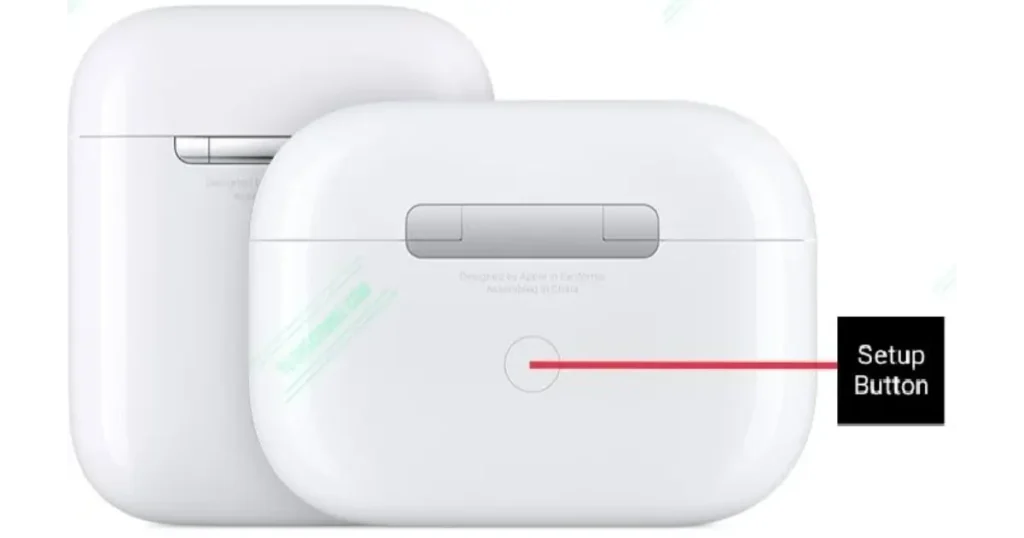
With your AirPods in their charging case, open the lid. Press and hold the setup button on the back of the case until the status light flashes white, indicating they’re ready to connect.
Step 3: Connect Your AirPods to Your MacBook

On your MacBook, go to the Bluetooth settings in System Preferences. You should see your AirPods listed there. Click “Connect” next to your AirPods, and they will pair with your MacBook.
Step 4: Automatic Device Switching
One of the benefits of connecting your AirPods to your MacBook is the automatic device-switching feature. This means your AirPods can automatically switch audio sources between your Apple devices signed into the same iCloud account, providing a seamless audio experience.
Troubleshooting Common Issues
If you encounter any issues during the connection process, such as your AirPods not appearing in the Bluetooth settings, consider restarting both your MacBook and your AirPods. Also, ensure that your MacBook’s operating system is updated to the latest version for the best compatibility.
Maximizing Your AirPods Experience with Your MacBook
Connecting your AirPods to your MacBook opens up various features to enhance your listening experience. From spatial audio that offers a theater-like experience to easy access to Siri for voice commands, the integration between AirPods and MacBook is designed with user convenience.
Key Features Unlocked by Connecting AirPods to MacBook
| Feature | Description |
| Automatic Switching | Effortlessly switch audio between your Apple devices without manually changing the connection. |
| Spatial Audio | Enjoy a theater-like experience with sound that surrounds you for supported content. |
| Easy Siri Access | Activate Siri on your MacBook through your AirPods with a simple double-tap. |
| Customizable Controls | Tailor AirPods’ gestures to control music playback and answer calls directly from your AirPods. |
| Battery Status | Easily check your AirPods’ battery status directly from your MacBook’s menu bar. |
Enhancing Your MacBook and AirPods Experience
Successfully connecting your AirPods to your MacBook simplifies your digital life and unlocks a suite of features to enhance your audio experience. This device integration showcases Apple’s.
Dedication to creating an ecosystem prioritizing user convenience and functionality. Following the straightforward steps outlined ensures a seamless transition between devices, making your listening experience more enjoyable and efficient.
FAQs
Q1: How do I initially connect my AirPods to my MacBook?
Open the lid of your AirPods case with the AirPods inside and press the setup button on the back until the status light flashes white. Then, on your MacBook, go to System Preferences > Bluetooth, find your AirPods in the list, and click “Connect.”
Q2: Can I use my AirPods with a MacBook that doesn’t have the latest macOS version?
Yes, you can connect your AirPods to any MacBook that supports Bluetooth. However, some features like automatic switching require specific versions of macOS (macOS Sierra or later).
Q3: My AirPods are not connecting to my MacBook; what should I do?
Ensure Bluetooth is enabled on your MacBook your AirPods are charged, and within range. Restart your MacBook and reset your AirPods by holding the setup button until the light flashes amber and white before connecting again.
Q4: How do I switch my AirPods between my MacBook and iPhone?
AirPods connected to devices signed into the same iCloud account can automatically switch between devices. Manually, you can select your AirPods from the Bluetooth menu on your device to switch them.
Q5: Will connecting my AirPods to my MacBook drain the battery faster?
Using your AirPods with any device, including your MacBook, will consume a battery. However, the AirPods are designed for efficient battery use, so you shouldn’t notice a significant difference in battery life compared to other devices.
Q6: Can I connect my AirPods to multiple MacBooks?
Yes, AirPods can be connected to multiple devices but will only connect to one simultaneously. You can manage which device they’re connected to through the Bluetooth settings on each MacBook.
Q7: How can I improve the sound quality of my AirPods on my MacBook?
Ensure your MacBook’s software is current, and consider adjusting the sound settings in System Preferences. Also, check your AirPods for any dirt or debris blocking the speaker mesh.
Conclusion
connecting your AirPods to your MacBook is a straightforward process that significantly enhances your audio experience across Apple’s ecosystem. Follow these simple steps: ensuring Bluetooth is enabled on your MacBook, putting your AirPods into pairing mode, and selecting them from your MacBook’s Bluetooth settings.
You can quickly connect and enjoy seamless audio transitions between your devices. This connectivity highlights the interoperability between Apple devices and showcases the convenience and technological innovation Apple strives to deliver to its users.


